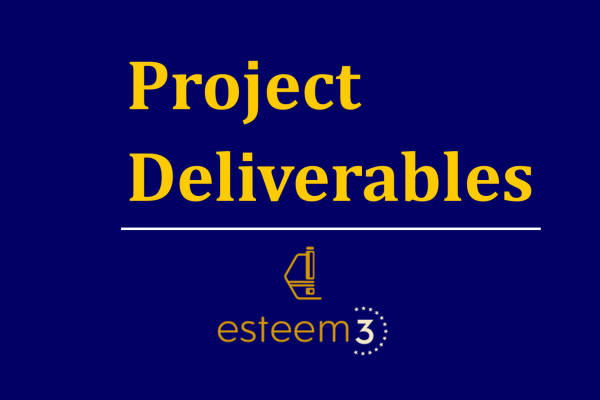Cutting-Edge Sample Preparation Techniques for Materials in Health Sector

Explore the recent advancements in sample preparation techniques for materials in the health sector. Our article summarizes the Deliverable 9.4, which discusses five innovative projects within ESTEEM3's Materials for Health work package, focusing on the development and optimization of TEM sample preparation methods for biodegradable biopolyesters, natural biocomposites, pharmaceuticals, dental pathologies, and dental tissues.
Introduction
Sample preparation plays a crucial role in understanding and analyzing materials used in the health sector. In this article, we present an overview of five projects within ESTEEM3's WP9 - Materials for Health, focusing on the optimization and development of sample preparation techniques for organic/inorganic materials, biocompatible composites, and pharmaceuticals. These projects demonstrate innovative approaches to TEM sample preparation, enabling deeper insights into materials used in healthcare applications.
Project 1: Biodegradable Biopolyesters
Poly-hydroxy-alkanoates (PHAs) are biopolyesters with potential applications in tissue regeneration due to their biodegradability and biocompatibility. A new route for TEM sample preparation was developed for these materials, involving a resin sandwiching technique to stabilize the samples during cutting.
Project 2: Natural Biocomposites
The study of sea slater claws demonstrates the importance of understanding the interplay between mineral distribution and organic matrix orientation. Sample preparation involved embedding the claws in resin, followed by ultramicrotomy to create electron-transparent slices for TEM analysis.
Project 3: Pharmaceuticals
The nanoscale distribution of active pharmaceutical ingredients (API) and excipients in tablets was investigated using two different TEM sample preparation techniques. Ibuprofen tablets were either directly mounted or embedded in resin, with ultramicrotomy used in both cases to create thin, electron-transparent slices.
Project 4: Dental Pathologies
Focused ion beam (FIB) milling was employed to prepare sensitive biological samples from site-specific areas of diseased human teeth. This allowed for the study of environmental pathologies on enamel, contributing to a better understanding of the origins of dental diseases.
Project 5: Dental Tissues
The preparation of electron-transparent slices from rodent teeth dentine was optimized using a combination of ultramicrotomy, FIB, and Nano-mill ion milling techniques. This allowed for the comparison of samples prepared using different methods, ensuring minimal alteration to the original dental tissue composition.
Conclusion
These projects within ESTEEM3's Materials for Health work package showcase the importance of innovative sample preparation techniques in the analysis of materials used in the health sector. The continuous development and optimization of these methods will contribute to our understanding of these materials and, ultimately, improve healthcare applications and outcomes.
D.9.4 - Report on protocols for sample preparation techniques of materials for health [PDF, 1.75 MB, not barrierefree]
